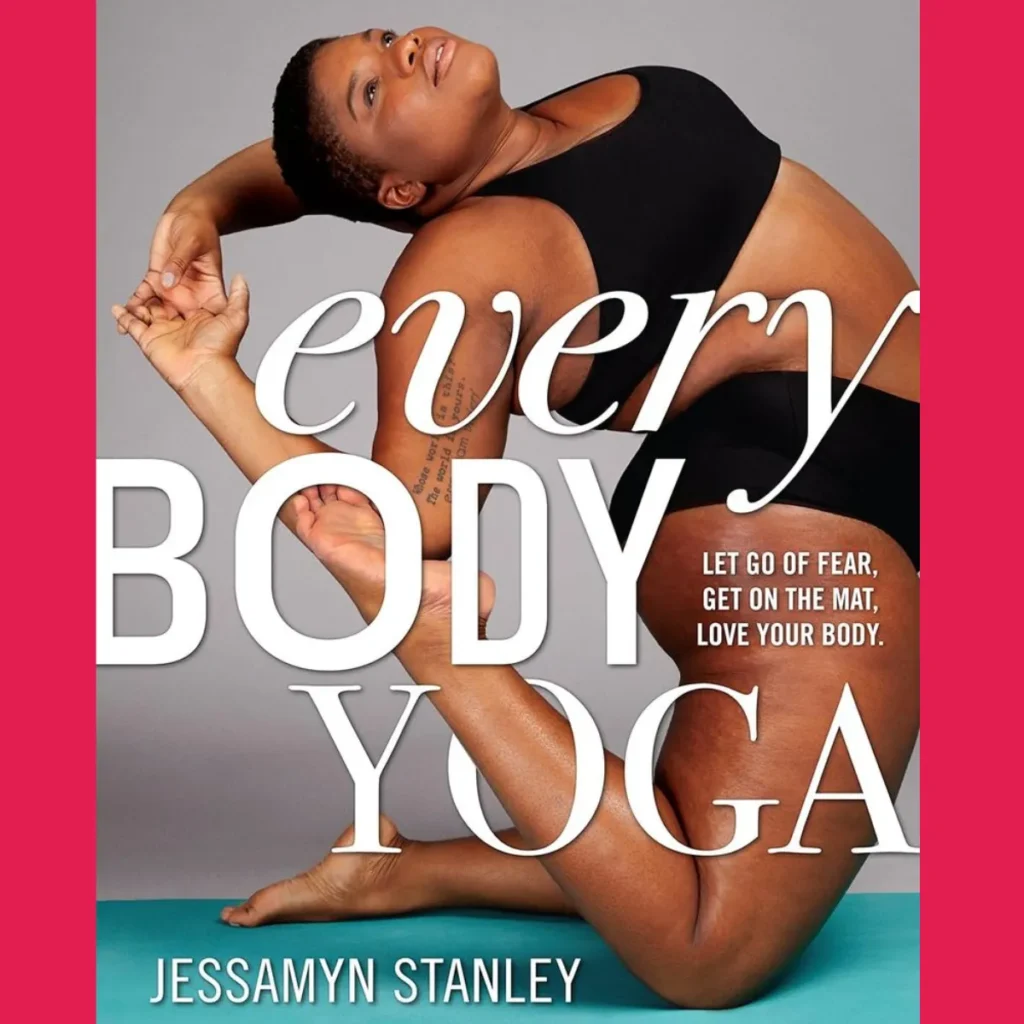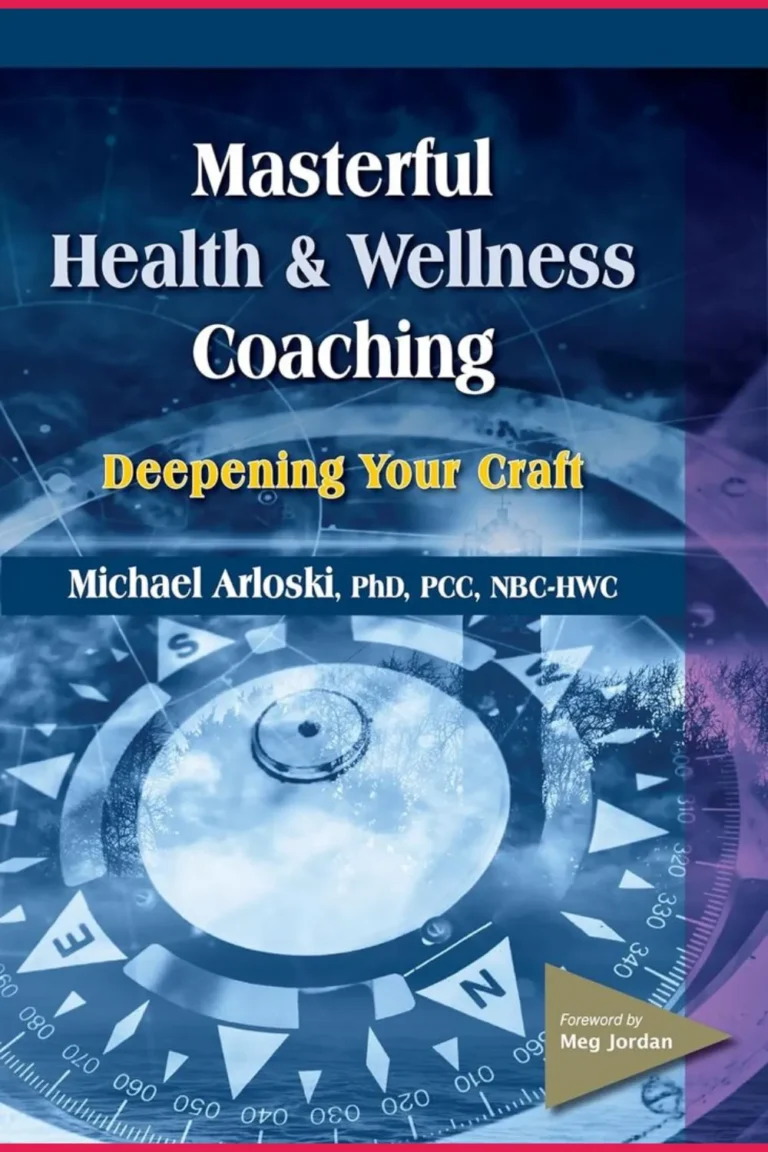Every Body Yoga
Imagine stepping into a space where the only requirement is to be uniquely you, where every breath unites a tapestry of diverse bodies moving in harmony.
Welcome to the world of Every Body Yoga, a vibrant and inclusive journey that transcends traditional notions of who can and can’t practice yoga.
Here, we celebrate the beauty of diversity, championing the belief that yoga is not just for the flexible or fit but for everyone—every shape, every size, and every ability.
With an air of excitement buzzing around us, let’s embark on this transformative adventure together.
Every Body Yoga isn’t just about making poses accessible; it’s about redefining what it means to connect with oneself and others through movement and breath.
Get ready to challenge your preconceptions, embrace your unique journey, and discover the boundless possibilities that await when we say yes to inclusivity in wellness.
Let’s dive into the heart of Every Body Yoga—where each pose tells a story, every breath marks a new beginning, and everyone truly means everyone.
Its benefits for physical, mental, and emotional well-being are well-known and have attracted practitioners of all ages and backgrounds.
However, despite its widespread popularity, there is still a common misconception that yoga is only for those with a specific body type or level of flexibility.
This belief has unfortunately led many individuals to feel intimidated or excluded from trying yoga.
This is where “Every Body Yoga” comes in – a movement that encourages and celebrates inclusivity and diversity in the practice of yoga.
In this article, we will explore the principles of Every Body Yoga and how it is challenging the narrow standards of the traditional yoga industry.
Through promoting body positivity and accessibility, Every Body Yoga is breaking down barriers and making this ancient practice accessible to individuals of all shapes, sizes, and abilities.
Join us as we delve into the world of Every Body Yoga and discover how it is revolutionizing the way we approach and experience yoga.
Mind, body, and soul connection
The mind, body, and soul connection is a fundamental aspect of holistic well-being and self-care.
It acknowledges the interconnectedness of our physical, mental, and spiritual states, recognizing that they all influence and impact each other.
By nurturing this connection, we can cultivate a sense of balance, harmony, and overall vitality.
Engaging in practices such as meditation, yoga, mindfulness, and conscious breathing can help align our thoughts, emotions, and physical sensations, allowing us to tap into our inner wisdom and intuition.
By prioritizing self-care and embracing practices that nourish the mind, body, and soul, we can enhance our overall health and well-being, leading to a more fulfilling and vibrant life.
Benefits of yoga for everyone
Regular practice of yoga offers numerous benefits for individuals of all ages, abilities, and backgrounds.
Firstly, yoga promotes physical strength, flexibility, and balance.
Through various asanas (poses) and sequences, yoga helps to increase muscle tone, improve joint mobility, and enhance overall body awareness.
Additionally, yoga is an effective tool for stress management and relaxation.
By incorporating deep breathing techniques and mindfulness practices, yoga helps to calm the mind, reduce anxiety, and promote a sense of inner peace and tranquility.
Furthermore, yoga cultivates mental clarity and focus, enhancing cognitive function and promoting emotional well-being.
It provides a safe and supportive space for self-expression and self-reflection, allowing individuals to explore their inner selves and improve self-confidence.
Moreover, yoga encourages a sense of community and connectedness, fostering a supportive and inclusive environment for individuals to come together and share their experiences.
Overall, the benefits of yoga extend far beyond the physical realm, offering a holistic approach to wellness and self-care for everyone.
Creating a safe practice space
In order to ensure a safe and inclusive practice space for all participants, it is essential to establish certain guidelines and considerations.
Firstly, it is important to create a physical environment that is free from hazards and obstacles.
This includes ensuring that the practice area is well-maintained, with clean and non-slippery surfaces.
Furthermore, providing ample space for individuals to move freely and comfortably is crucial to prevent any accidental collisions or injuries.
Additionally, it is essential to offer modifications and variations for poses to accommodate different abilities and body types.
This can be done by providing props such as blocks, straps, and bolsters, which can assist individuals in achieving proper alignment and preventing strain or injury.
It is also important to foster an atmosphere of respect and inclusivity, where all participants feel valued and supported.
This can be achieved by promoting clear communication and encouraging individuals to listen to their bodies, honoring their own limitations and boundaries.
By creating a safe and nurturing practice space, individuals can fully immerse themselves in their yoga journey, experiencing the many physical, mental, and emotional benefits that yoga has to offer.
Proper alignment for maximum results
To achieve maximum results in your yoga practice, proper alignment is key.
Aligning your body correctly in each pose helps to optimize the benefits and prevent any potential injuries.
Start by focusing on your foundation, ensuring that your feet are grounded and evenly distributing your weight.
From there, engage your core muscles to support your spine and maintain a neutral alignment.
As you move through different poses, pay attention to the alignment of your joints, such as keeping your knees in line with your ankles and your shoulders relaxed and away from your ears.
Proper alignment not only enhances the effectiveness of each pose but also promotes better body awareness and mindfulness during your practice.
By prioritizing alignment, you can unlock the full potential of your yoga journey and experience transformative results.
Modifying poses for all abilities
In the practice of yoga, it is essential to recognize and honor the unique abilities and limitations of each individual.
Modifying poses allows for a more inclusive and accessible practice, ensuring that everyone can participate and benefit from the transformative power of yoga.
Whether you are a beginner, have physical limitations, or simply prefer a gentler approach, modifying poses can be a valuable tool in tailoring your practice to suit your individual needs.
By offering variations and adaptations, such as using props or adjusting the intensity of the pose, yoga instructors can create a safe and supportive environment for practitioners of all abilities.
Modifying poses not only promotes inclusivity but also encourages self-compassion and self-acceptance on the yoga mat, fostering a sense of empowerment and well-being for every body.
Breathing techniques for relaxation
When it comes to finding relaxation and reducing stress, incorporating breathing techniques into your yoga practice can be incredibly beneficial.
Deep, slow breaths can help activate the body’s relaxation response, leading to a decrease in heart rate and blood pressure.
One effective technique is diaphragmatic breathing, also known as belly breathing.
This involves taking slow, deep breaths, allowing the diaphragm to fully expand and contract.
Another technique is alternate nostril breathing, a practice that involves inhaling through one nostril while exhaling through the other.
This technique is believed to balance the energy in the body and calm the mind.
By incorporating these breathing techniques into your yoga practice, you can enhance your relaxation experience and cultivate a sense of calm and tranquility.
Building strength and flexibility
Building strength and flexibility are essential components of a well-rounded yoga practice.
By incorporating dynamic and static poses into your routine, you can target specific muscle groups and increase your overall strength.
Poses such as Warrior II, Downward Dog, and Plank pose can help build strength in the arms, shoulders, and core.
Additionally, practicing poses like Triangle, Standing Forward Fold, and Bridge pose can help improve flexibility in the hips, hamstrings, and spine.
Regularly challenging your body with these poses and gradually advancing in your practice can lead to increased muscle tone, improved balance, and enhanced range of motion.
Remember to listen to your body and modify poses as needed, allowing yourself to safely and gradually progress in building strength and flexibility.
Finding your inner peace daily
In the midst of our busy lives, finding moments of inner peace can seem like a daunting task.
However, with consistent effort and the right mindset, it is possible to cultivate a sense of tranquility and serenity on a daily basis.
One effective approach is to incorporate mindfulness practices into your routine.
This can involve setting aside dedicated time each day for meditation or simply taking a few minutes to focus on your breath and be fully present in the moment.
Engaging in activities that bring you joy and relaxation, such as reading, spending time in nature, or engaging in creative pursuits, can also contribute to a sense of inner peace.
Additionally, prioritizing self-care and establishing healthy boundaries can help create an environment conducive to inner peace.
Remember, finding your inner peace is a personal journey, and it may vary from person to person.
Experiment with different techniques and strategies to discover what works best for you in your pursuit of inner peace.
In conclusion, “Every Body Yoga” by Jessamyn Stanley is a refreshing and inclusive guide to yoga, breaking away from the traditional norms and stereotypes associated with the practice.
Stanley’s emphasis on body positivity and self-love makes this book a valuable resource for yogis of all levels and body types.
With her relatable and humorous tone, Stanley invites readers to embrace their individuality and find joy in their yoga practice.
Overall, “Every Body Yoga” is a must-read for anyone looking to explore the physical, mental, and spiritual benefits of yoga in a safe and welcoming space.
FAQ
What are some common misconceptions about yoga and body image that Every Body Yoga aims to address?
Every Body Yoga aims to address the misconception that yoga is only for a certain body type or size.
The book highlights that yoga is for everyone, regardless of their shape, size, or ability.
It challenges the idea that you have to look a certain way to practice yoga and emphasizes that yoga is about self-acceptance, self-love, and overall well-being.
Every Body Yoga encourages individuals to embrace their bodies and practice yoga in a way that feels good for them, promoting inclusivity and body positivity within the yoga community.
How does Every Body Yoga promote inclusivity and diversity within the yoga community?
Every Body Yoga promotes inclusivity and diversity within the yoga community by offering classes and workshops that cater to individuals of all ages, body types, and backgrounds.
The studio emphasizes the importance of creating a safe and welcoming space for everyone to practice yoga, regardless of their experience level or physical abilities.
Instructors are trained to provide modifications and adjustments to accommodate different needs, ensuring that all students feel comfortable and supported in their practice.
Additionally, Every Body Yoga actively collaborates with community organizations and advocates for social justice to create a more inclusive and diverse yoga community.
What are some key principles or values that Every Body Yoga emphasizes in its approach to yoga practice?
Every Body Yoga emphasizes inclusivity, body positivity, self-acceptance, and accessibility in its approach to yoga practice.
These key principles aim to create a welcoming and supportive environment for individuals of all backgrounds, sizes, and abilities to explore the benefits of yoga without judgment or limitation.
The focus is on honoring and celebrating the unique qualities and experiences of every individual, promoting a sense of empowerment and connection through the practice of yoga.
How does Every Body Yoga support individuals in developing a positive relationship with their bodies through yoga?
Every Body Yoga supports individuals in developing a positive relationship with their bodies through yoga by promoting inclusivity, body positivity, and self-acceptance.
The book provides accessible yoga poses, modifications, and practices for all body types and abilities, encouraging individuals to embrace their uniqueness and find empowerment through movement and mindfulness.
By fostering a welcoming and non-judgmental environment, Every Body Yoga helps individuals cultivate self-love, confidence, and a deeper connection with their bodies, ultimately promoting a more positive and fulfilling yoga experience.
What resources or support does Every Body Yoga offer for individuals who may feel intimidated or excluded from traditional yoga spaces?
Every Body Yoga offers inclusive and welcoming spaces for individuals of all body types, abilities, and backgrounds.
They provide modifications and variations for poses, offer trauma-informed classes, and prioritize creating a safe and non-judgmental environment.
Additionally, they offer community events, workshops, and online resources to support individuals who may feel intimidated or excluded from traditional yoga spaces.
Ultimately, Every Body Yoga strives to empower and uplift all individuals in their yoga practice, regardless of their experience level or physical appearance.







